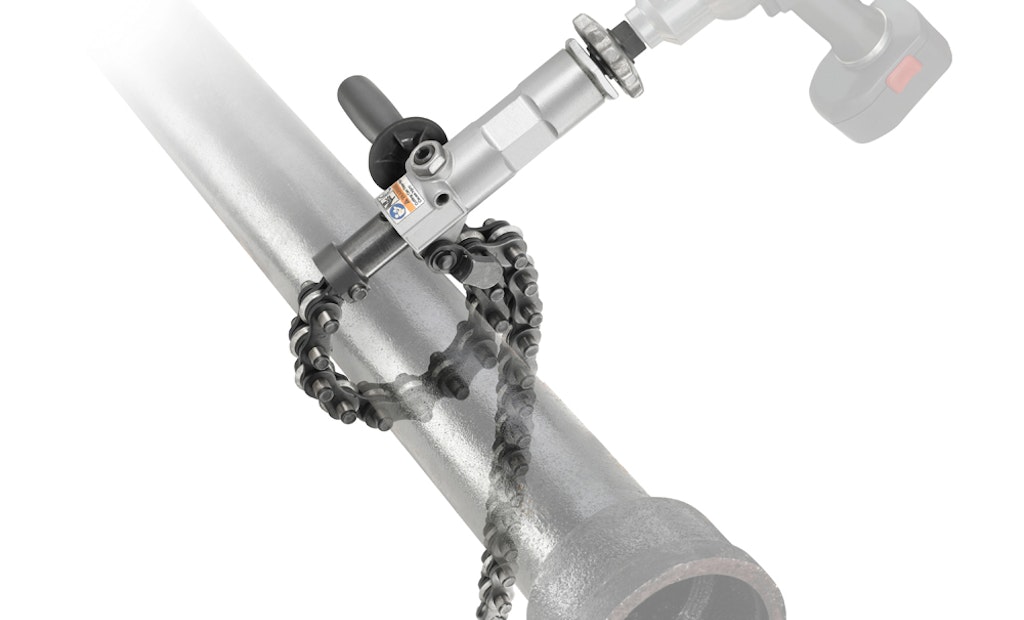
Interested in Inspection?
Get Inspection articles, news and videos right in your inbox! Sign up now.
Inspection + Get AlertsKnowing how to cut cast iron pipe is an essential skill for plumbers. Also known as soil pipe, it was the material of choice for drainpipes in home construction during the first half of the 20thcentury, making it prevalent throughout the U.S. While there are several methods for cutting cast iron, RIDGID offers a tool designed specifically for the job.
At only 11.5 inches long and weighing just 13.5 pounds, the compact RIDGID 238-P Powered Soil Pipe Cutter quickly and easily cuts soil pipe in hard-to-reach spaces. Designed for use with a 1/2-inch impact wrench, the 238-P effortlessly cuts no-hub cast iron, service-weight cast iron and clay pipe up to 8 inches in diameter and concrete pipe up to 6 inches in diameter.
Here are a few tips for getting the most out of your 238-P:
- The further you are away from the end of the pipe, the better your chances of producing a clean cut. Typically, plan your cut no less than one diameter of pipe away from the end.
- Make sure the chain is perpendicular to the pipe. If the chain is set on an angle, it will produce an angled cut.
- Use the forward and reverse direction of the ratchet or impact and score the pipe to create small indentations. The scoring of the pipe promotes a clean cut by inducing stress concentrations, which the break can propagate. Rotate a few degrees and in line with the indentations, then proceed with the cut.
Larry Feskanich is global marketing manager for RIDGID.





